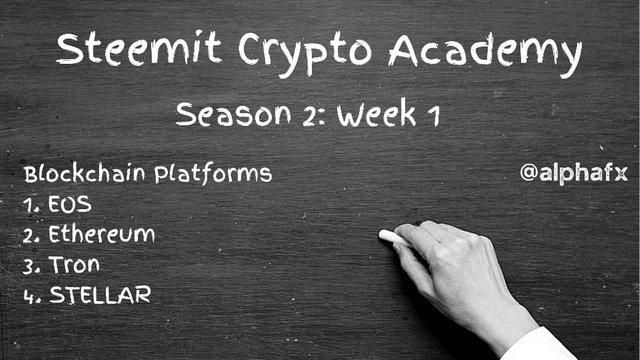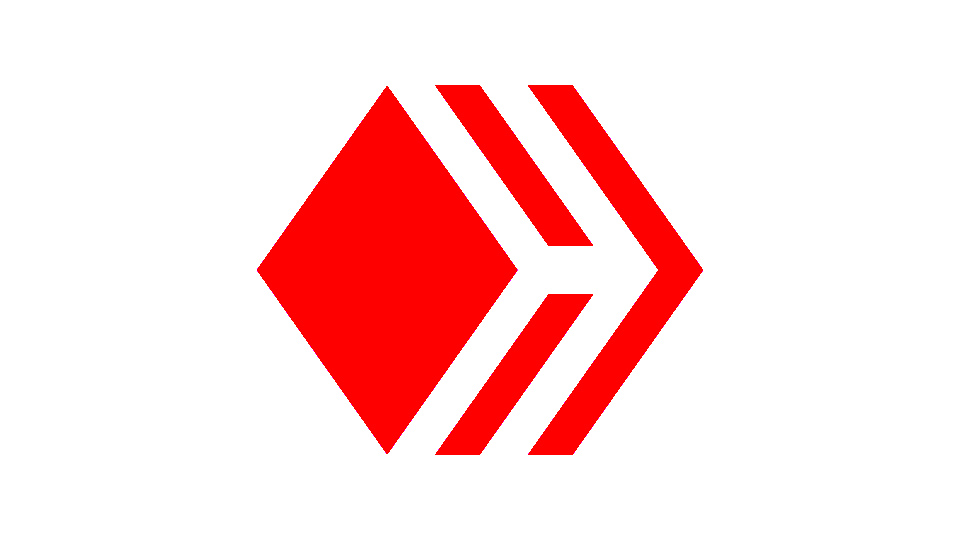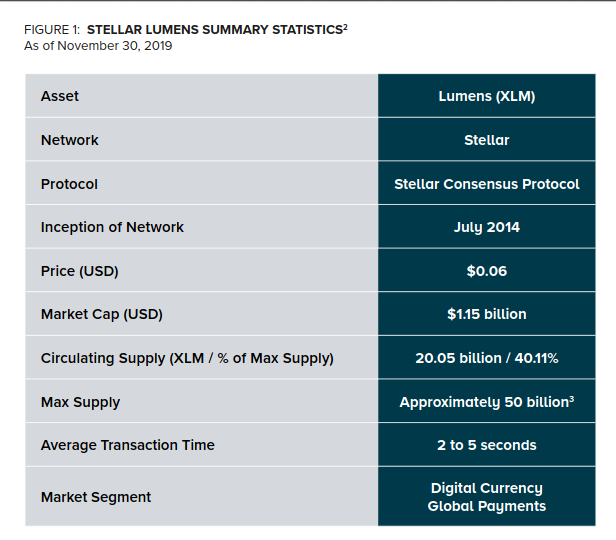I am happy to be a part of this studies this week after the return from their break. Thank you very much Prof. @alphafx for bring up this course at this critical time where everyone is takling about blockchain. I also want to use this medium to thank @steemitblog for their support making sure that all the students have a rewarding time studying.

Before I begin writing about my choiced blockchain, let me take a little time to talk do a little recap on what I have learnt so far from our Professor.
From this course I have learnt that just the same way our ledgers, balance sheet, spreadsheet and all other manual record are kept, that blockchains is similar and that blockchain is an electronic database of transactions verified by multiple computers linked in a peer-to-peer system.
Briefly let me say what I know about blockchain.
What is Blockchain
Usually all blockchains come with four main features which is perculiar to all blockchains and the are:
- Decentralized data storage (a public ledger of transaction records)
- Encryption
- Immutability
- Consensus algorithm.
A blockchain is a system of keeping datas in a way that makes it difficult or impossible to change, hack, or cheat the system.
A blockchain is a growing list of records, called blocks, that are linked together using cryptography.
Cryptography is is the practice and study of techniques for secure communication in the presence of third parties called adversaries.
By design, a blockchain is resistant to modification of its data, which means that once a data is captured or recorded, it cannot be edited or changed on like other record systems.
Types of Blockchain
There are basically four types of blockchain namely:
- Public blockchains
- Private blockchains
- Hybrid blockchains
- Sidechains
In our subsequent course, I hope that our Professor will teach us about all the types of blockchain we have elaborately.
I will be writing about Stellar blockchain and Hive blockchain.
STELLAR Blockchain
The Stellar network was originally forked out from the codebase of early iterations of XRP Ledger, the underlying P2P payment network of the XRP token that is led by Ripple.

The native token that is supported on the Stellar Network is called Lumens with the symbol XLM. The Stellar Network was launched in July 2014 by Jed McCaleb, co-founder of Ripple and creator of Mt. Gox, and Joyce Kim, co-founders of the Stellar Development Foundation (SDF).
Though the two payment networks were designed to be globally scalable and accessible, they were built on fundamentally different principles – XRP Ledger sought to provide liquidity solutions for large-scale institutions under the partial oversight of a for-profit company known as Ripple, while Stellar targeted everyone from organizations to individuals with a focus on global financial inclusion via partial oversight from a nonprofit, SDF.
Stellar Network comprises of four main components Stellar Core, the Stellar Consensus Protocol (SCP), the Horizon API, and Stellar Smart Contracts (SSCs).
Stellar Core is the open-source software serving as the basis for network participants to reach consensus. it is used to refer to a network node, and the network is comprised of Stellar Cores.
Just like other blockchains, Stellar is a highly decentralized blockchain with a fast transaction speed.
Hive Blockchain
Hive is a social media blockchain with economic value. Hive blockchain was forked out of the steem blockchain as web 3.0. Hive is an innovative and forward-looking decentralized blockchain and ecosystem built on the Delegated Proofof Stake (DPoS) protocol

It is the first highly-scalable DPoS blockchain independent of central authority thataddresses the problems of mass adoption and versatility of use.
Hive also aims at overcoming mainstream adoption shortcomings in blockchain technology and content publishing by improving on their accessibility.
Hive leverages on the coined PoB notion of distributing a portion of the inflation to content creators and consumers.
To earn HIVE, individuals are to participate in a wide range of activities such as blogging, curations, developing Dapps and even playing games like splinterland and rabona a football management game that has it own native token also.
Hive Network comes with two kinds of cryptocurrences HIVE and HBD which is Hive Backed Dollar. Every reward earned on Hive is divided into two, a percental of it is stake while a percentage is tradeble. HIVE exist both in liquid and in Staked form which is called Hive Power.
HIVE is the liquid currency of the Hive ecosystem.
There are no transaction on Hive Network meaning it uses a fee-less system that allows rechargable resource credit. Resource credit are self replenishing and it replenishes at the speed of 20% every 24 hours.
Such a replenishment rate acts as a self-limiter and requires the account to stake an amount of HIVE directly proportional to the account’s purpose and intent of use.
Just like the rest of the Hive ecosystem, account creation is decentralized. It is censorship resilience in nature. Hive wallet doesn't have a unique number as it wallet address but it is the usersname is it wallet identity.


Scoring
Thanks for participating
Downvoting a post can decrease pending rewards and make it less visible. Common reasons:
Submit